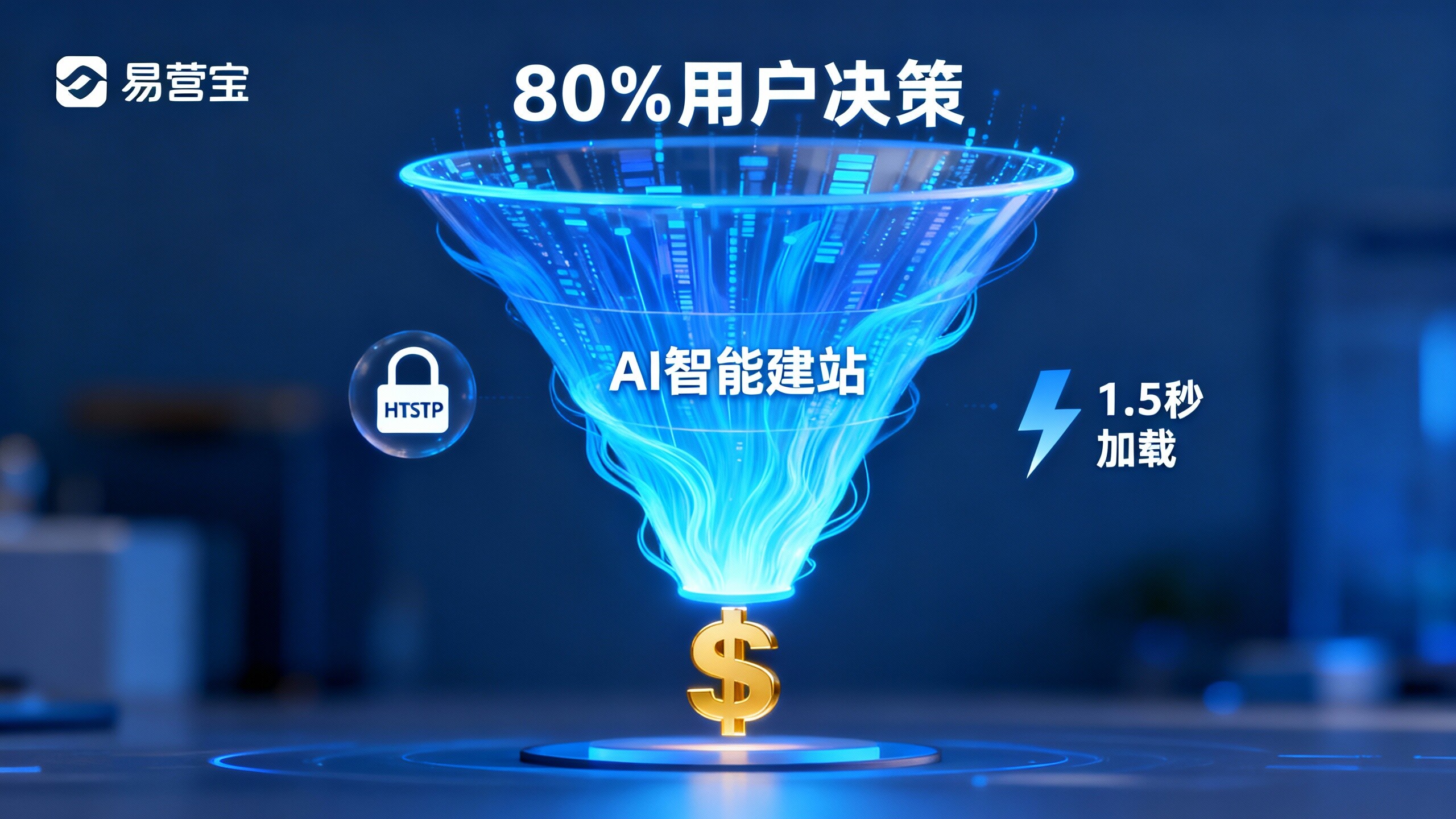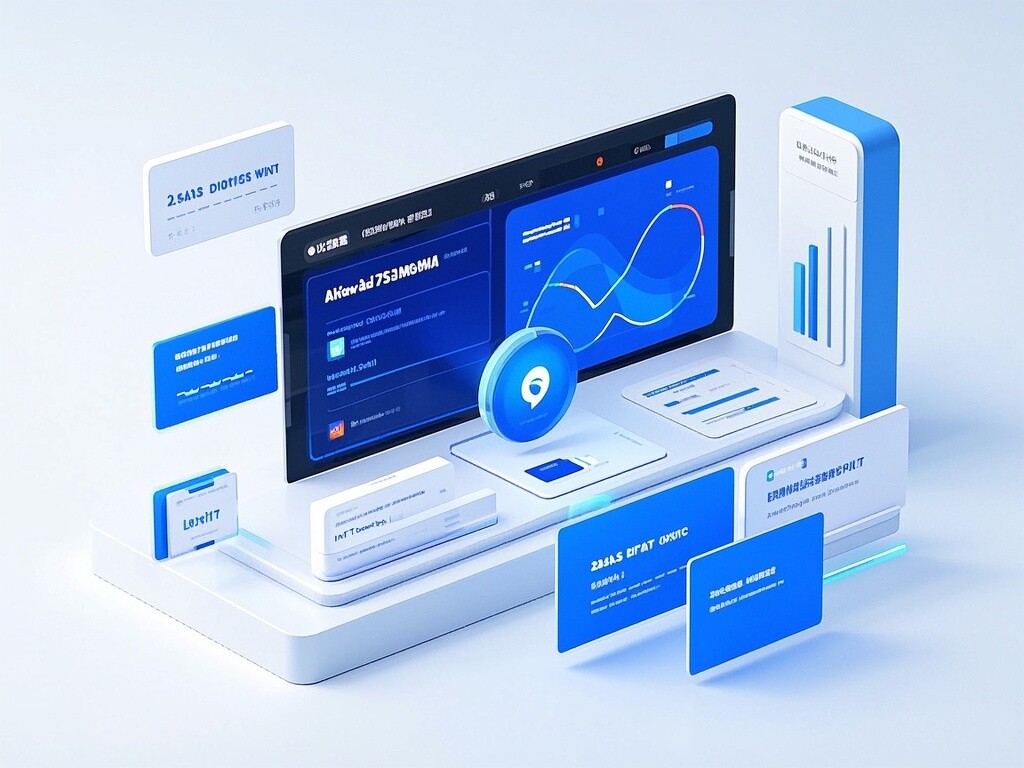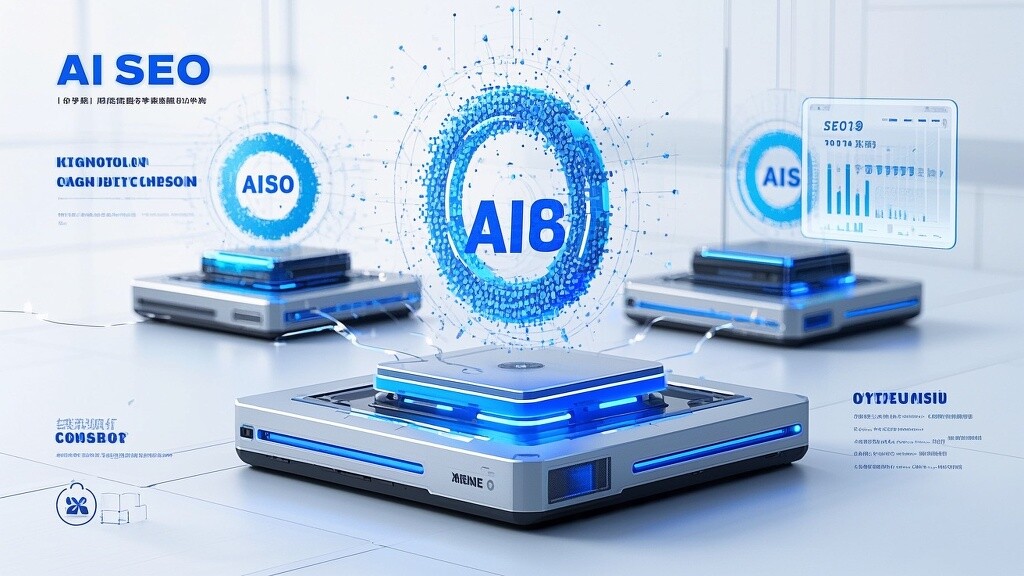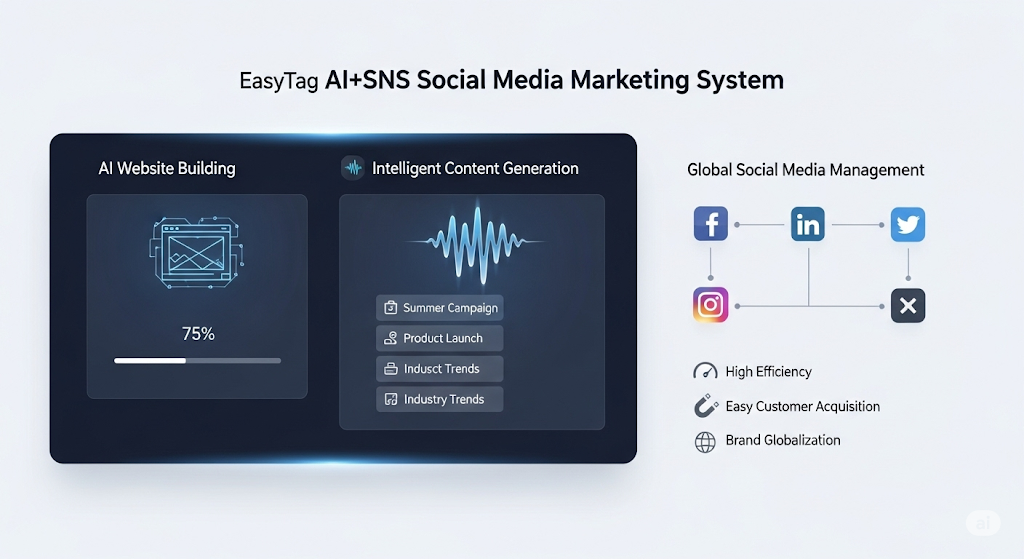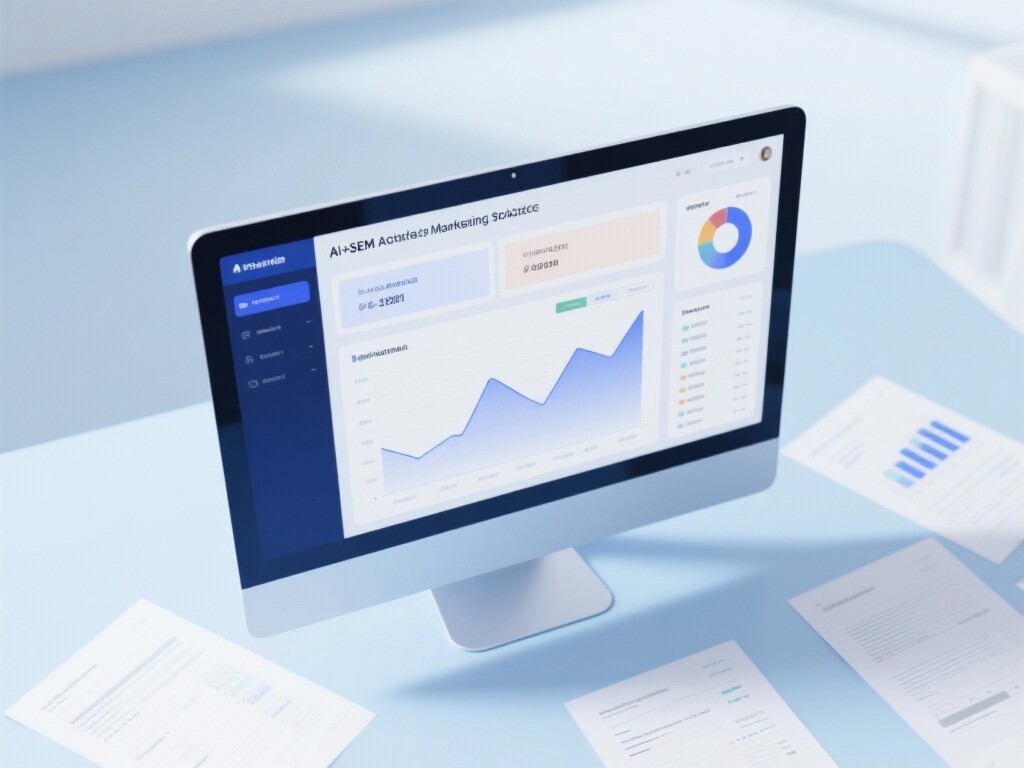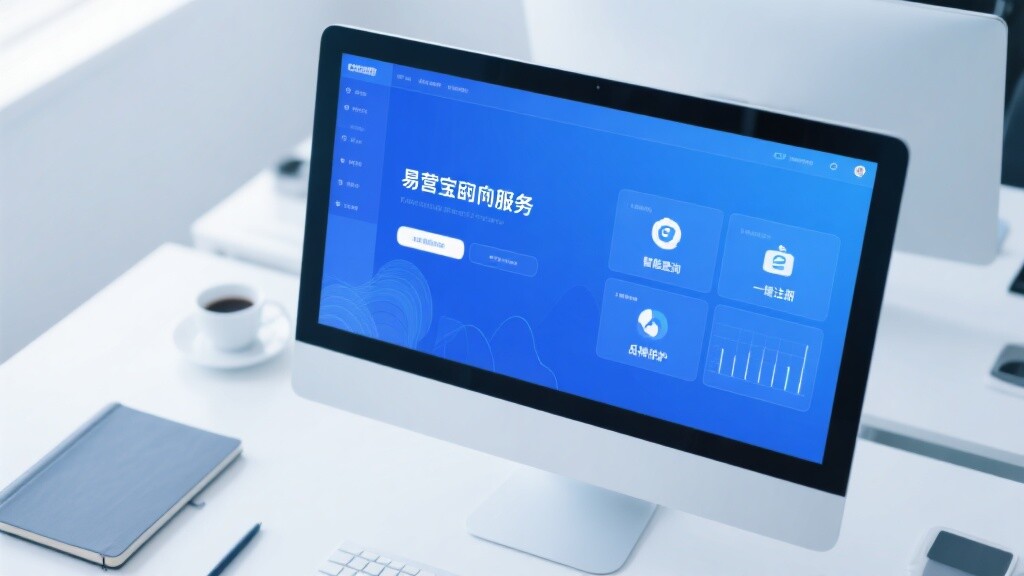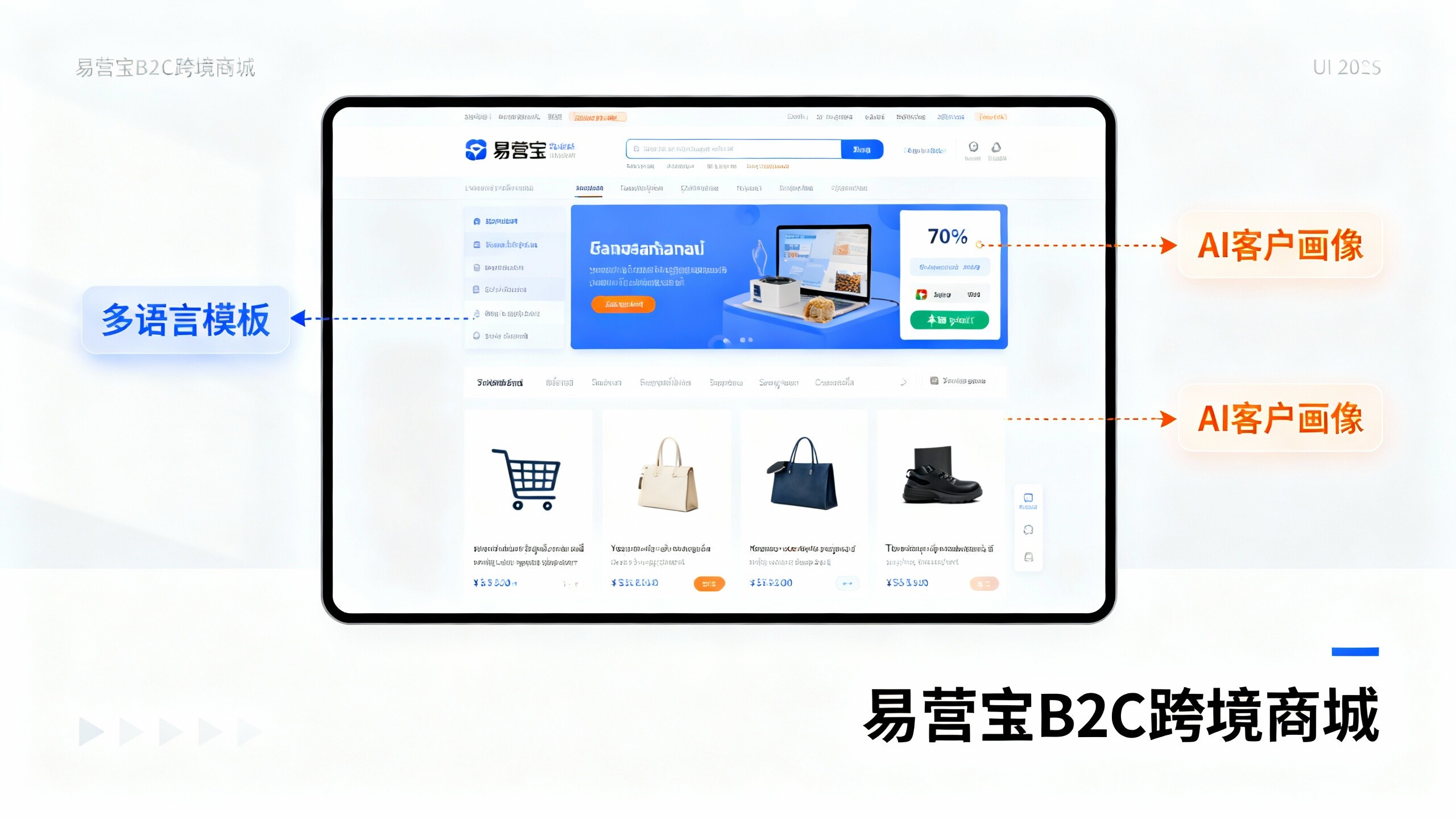- Why Must Foreign Trade Enterprises Have Independent Websites in 2024? Market Trend Analysis2025-12-20View details
- 0000 Smart Website Building Platform Industry Discussion: Which Platform Has the Shortest and Most Reliable Delivery Cycle?2025-12-20View details
- Smart Website Industry Analysis: 2024 B2B Market Trends and Selection Guide2025-12-19View details
- IDC SaaS Platform User Satisfaction Survey: Which Platform Offers the Most Considerate After-Sales Service?2025-12-19View details
- Is the cost of building a foreign trade independent website high? How does the budget impact multilingual support for different languages?2025-12-19View details
- How to Improve Inquiry Quality Through B2B Standalone Site Optimization + Multilingual Website in 2025: Google SEO Practical Methods2025-12-18View details
- B2B Website Comparison: Facebook Marketing vs Google Advertising Which Improves Inquiry Quality and ROI2025-12-19View details
- AI Advertising Platform Selection Guide: Cost, Effectiveness, and Platform Stability Comparison2025-12-19View details
Ways to improve the effectiveness of website SEO optimization 7 steps to improve weight and inclusion speed
This article provides a 7-step actionable strategy, combining intelligent website audit SEO optimization services with multilingual SEO optimization services to systematically enhance website authority and accelerate indexing.
As enterprise SaaS clients transition from information researchers to actual users/operators, websites are no longer just brand facades but core channels for lead generation and conversion. Common pain points include slow page indexing, unstable mobile loading, poor international traffic coverage, high multilingual content management costs, and insufficient SEM and social media advertising ROI. This article targets enterprise webmasters, SEO engineers, and operations managers, presenting 7 actionable steps integrating technical and content strategies to help you quickly improve authority, accelerate indexing, and steadily increase conversion rates.
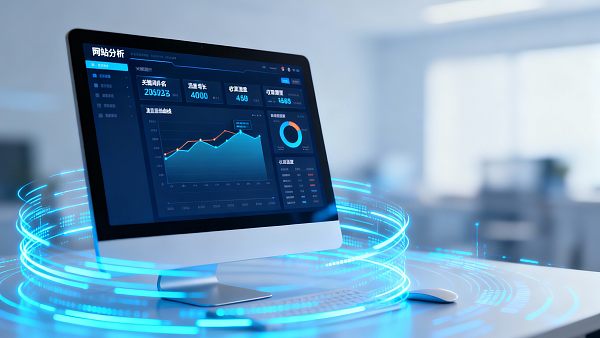
I. Technical Architecture and Mobile Optimization: Winning with Speed to Establish Foundational Authority
Technical architecture is the first step in improving website authority and indexing speed. Search engines prioritize crawling well-performing, structurally clear websites, especially in the mobile-first indexing era, where mobile experience directly impacts crawl frequency. Key implementation points include: using standardized HTML structures and semantic tags, ensuring sitemaps (XML/HTML) and robots.txt are error-free, enabling HTTP/2 or HTTP/3, and leveraging global CDN with caching strategies to reduce time-to-first-byte. For cross-border and localized businesses, mobile compliance is critical—implementing AMP or MIP can significantly reduce load times and enhance visibility in mobile search results. In practice, we've observed that proper AMP/MIP adaptations achieve millisecond-level load speed improvements, markedly reducing bounce rates and increasing conversions. For rapid deployment and unified management, consider smart CMS solutions with built-in AMP/MIP compliance, such as automated image compression, lazy loading, and CDN acceleration, which optimize without disrupting existing content structures. For technical audits, regular scans using intelligent website audit SEO services help identify crawl-blocking issues (e.g., duplicate content, faulty redirects, invalid canonical tags). Implementation tip: Set up a staging environment during migrations to test AMP/MIP versions on subdomains, monitor crawl logs, and gradually replace the main site. For decision-making, reference products like Google and Baidu’s mobile search ecosystem tools—even independent foreign trade sites can achieve priority indexing globally. Such technical investments, often misjudged as “over-optimization” by SMEs, actually deliver traffic and authority gains far exceeding initial costs by reducing load times and improving crawl efficiency.
II. Content Strategy and Multilingual Deployment: From Semantic Matching to Localized Conversion
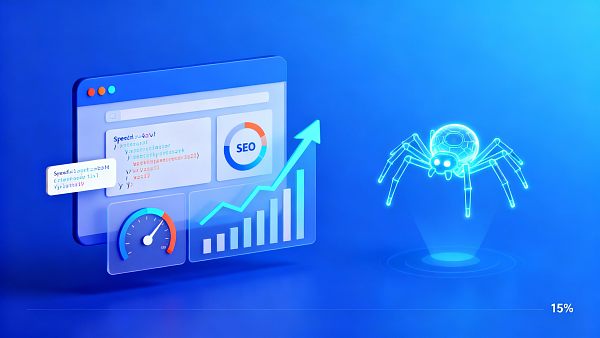
Content remains the core variable for long-term authority and stable indexing. To achieve multilingual coverage and standalone site SEO synergy, adopt a “main site → semantic clustering → localized landing” content production mechanism. First, identify core topic clusters through semantic keyword research to cover search intents (informational, transactional, navigational). Concurrently, use intelligent website audit SEO services to analyze content gaps, flagging low-quality pages, thin content, and long-tail opportunities. Next, implement multilingual content production with “machine translation + local human review” workflows, ensuring natural phrasing, localized currencies/payment methods, and legal compliance. For cross-border e-commerce, prioritize product pages, checkout flows, and logistics info for multilingual adaptation to boost visibility and conversions. Structured content outputs (Schema markup, product feeds, breadcrumb navigation) significantly improve search engines’ understanding and indexing speed. Budget-conscious teams should evaluate AI-powered tools for keyword expansion and auto-generated TDK (title-description-keyword) workflows, balancing high-CTR designs with operational savings. To maximize multilingual SEO ROI, establish unified version control systems to avoid duplicate content conflicts. Finally, publishing cadence and sitemap update strategies matter: prioritize high-authority pages and use index APIs to push rapid recrawls.
III. Backlinks, Structured Data, and Continuous Monitoring: Accelerating Indexing and Stabilizing Rankings
Backlink quality, internal linking, and structured data collectively determine a page’s trustworthiness and crawl frequency. High-quality backlinks remain effective for authority but should focus on industry relevance and organic acquisition, avoiding short-term spam risks. Best practices: Develop content assets like case studies, whitepapers, and localized resource pages, customized for foreign trade campaigns and distributed to industry media, partners, and vertical platforms for natural citations. Internally, optimize link depth so key pages are reachable within 3 clicks; use breadcrumbs, site navigation, and related-product modules to distribute authority and improve long-tail page crawl rates. Structured data (Product, Breadcrumb, Organization, LocalBusiness) helps engines faster understand page intents and display rich snippets, increasing CTRs. For monitoring, establish dashboards using search consoles, log analysis, and intelligent website audit SEO alerts to detect crawl errors, mobile issues, and ranking fluctuations. Combine SEM techniques with organic strategies—use paid traffic to test landing page conversions, then optimize top performers into long-term organic assets. Social media strategies also matter: leverage social matrices to drive early-stage traffic and user signals that positively influence search rankings.
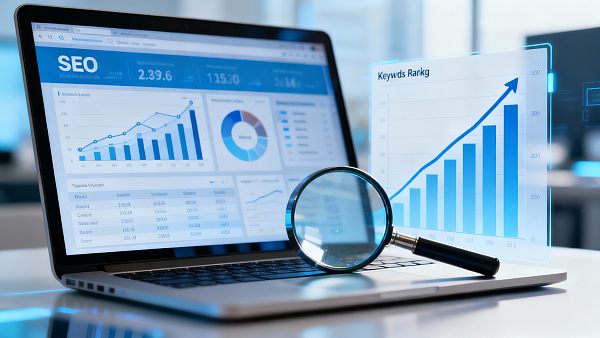
Conclusion and Actionable Guidance
In summary, improving SEO requires parallel advancements in technology, content, multilingualism, and off-site strategies: first fortify technical and mobile foundations, then build long-term assets through semantic and localized content, and finally stabilize rankings with high-quality backlinks and continuous monitoring. Implementing this framework with intelligent website audit services, speed optimization, and multilingual SEO tools can drastically shorten trial cycles. For businesses needing rapid mobile and dual-engine (Google/Baidu) coverage, evaluate AMP/MIP-compliant smart CMS solutions for millisecond loads and higher conversions (reference: EasyWin AMP/MIP Mobile Smart CMS).
To operationalize these strategies, EasyWin’s AI-driven all-in-one marketing platform and proven globalization expertise offer end-to-end support—from smart website pricing assessments and intelligent website audit SEO services to customized foreign trade campaigns and social strategies. Contact us now for a 7-step implementation checklist, free technical audit report, and quantifiable authority/indexing growth paths tailored to your business.
- Campbell (name)
- free-standing station
- Multilingual SEO
- SEO optimization
- Intelligent website building
- Independent site SEO
- Foreign trade independent website
- Website Check
- Website seo optimization
- SEO Optimization Services
- Website
- Multilingual SEO Optimization
- SEO optimization effect
- Website loading speed
- social media marketing
- SEO
- Multilingual SEO Optimization Services
- Smart website SEO audit and optimization service
- Smart Website Construction
- Social Media Marketing Strategy
- SEM Optimization Tips
- Website Load Speed Optimization Service
- Intelligent website construction price
- Customized foreign trade marketing solutions
Related Articles
Related Products



